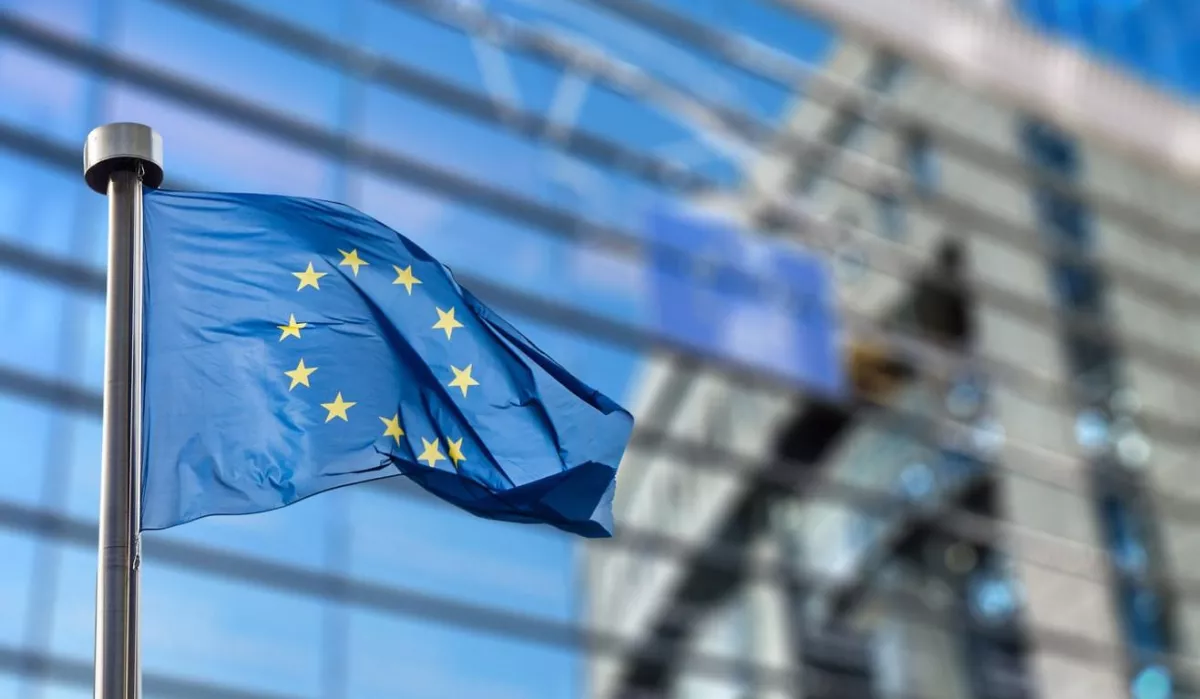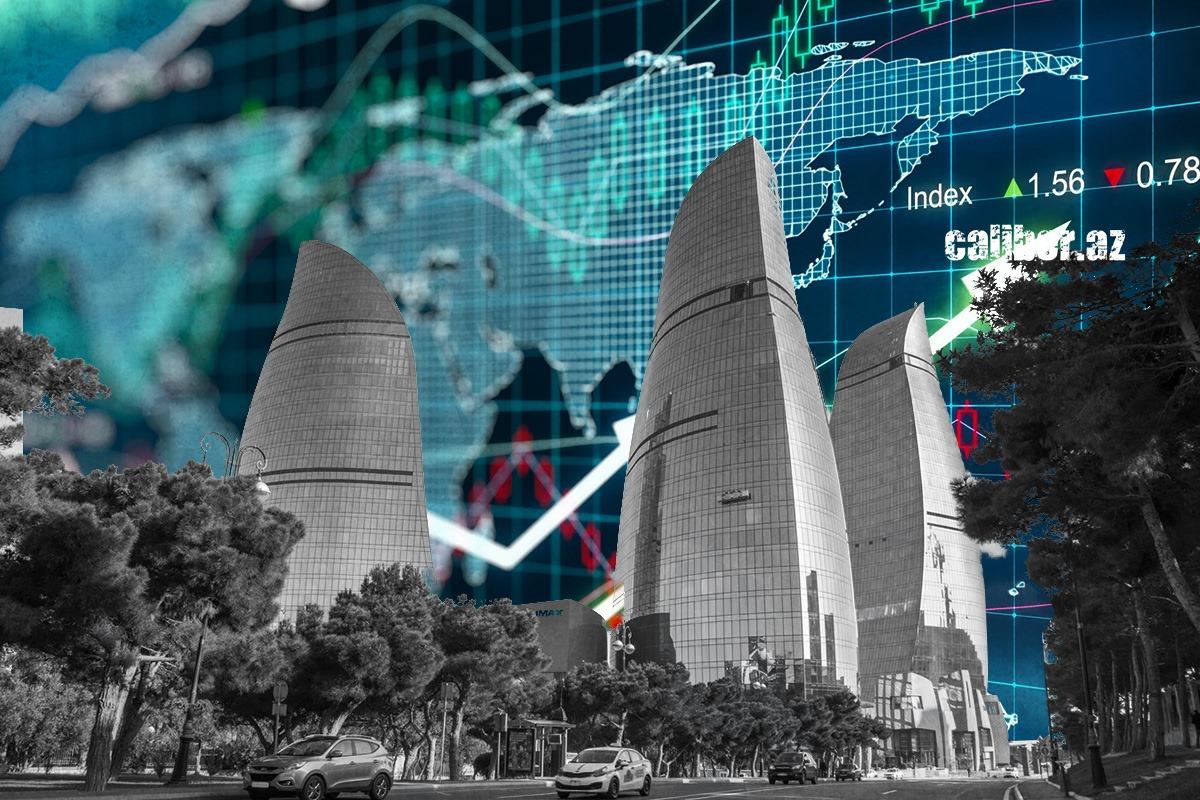IMF forecasts economic growth for global economy Emerging from crisis
In the past four years, the global economy has been rocked by a series of crises that have significantly dampened business dynamics. Just as humanity was beginning to recover from the pandemic catastrophe of 2020, which caused a collapse in trade, logistics, and production, it was plunged into the energy crisis of 2022. This crisis triggered hyperinflation and smoothly transitioned into a recession in 2023. This heavy burden has led to weak business growth and high volatility in commodity markets in 2024.
However, according to a recently published forecast by the International Monetary Fund (IMF), the global economy has entered an upward phase of a long-term cycle. Starting next year and continuing until the end of the decade, the fund's experts predict a "moderate growth regime" for the world economy.
The global economy has entered a weak but stable growth phase that is expected to last at least until the end of the decade, in line with the upward phase of a long-term cycle. National governments must make the most of this favourable yet transitional period, according to the IMF forecast published in October, based on data from the third quarter of 2024. The current period in the forecast is characterized as a "moderate growth regime," and the Fund's specialists have formulated their calculations based on three fundamental factors.
First, despite local price increases, the tightening of monetary policy by the major central banks of the world has generally succeeded in bringing inflation close to projected ranges. According to the Fund, the average global inflation rate has been reduced from 6.7% in the past to 5.8% this year, and it is expected to decline to a more acceptable level of 4.3% in 2025.
The next reason for optimism cited by the IMF is the global economy's ability to flexibly resist the pressures of crises and maintain growth rates above recessionary thresholds. While business dynamics were on the brink of recession in 2023, the global economic growth rate is expected to be around 3.2% this year, with similar or slightly higher projections for the next year. The current state of the global economy is characterized by the IMF as a "unique combination" of factors that have led to positive shifts, a sentiment echoed by recent reports from the World Bank (WB), specialized UN agencies, and several other international financial institutions (IFIs).
In various developed regions of the world, positive trends have emerged in the non-oil manufacturing sector, the labour market has stabilized, and despite a decrease in commodity prices observed since late summer, there remains steady demand. The Purchasing Managers' Index (PMI) for September 2024 was above the 50-point mark in nearly all major regions of the world. Specifically, growth forecasts for India and, to some extent, China have been revised upward, which is crucial as these countries account for nearly half of global growth. Additionally, weak signs of business growth have been noted in the European Union following nearly zero growth figures last year.

Finally, another factor contributing to the upward phase of economic growth over the next five years is the positive developments in the Asia-Pacific region (APR), which remains a driving force for the global economy. According to IMF estimates, this is linked to the increasing global demand for high-tech products, microelectronics, and artificial intelligence (AI) technologies. Consequently, the annual GDP growth in APR countries is projected to average around 4% until 2029. In contrast, these figures will be significantly lower in the developed countries of the West, while an even more challenging scenario for economic dynamics is anticipated for countries in the Middle East and Africa.
However, the Fund's report indicates that "moderate growth" and other positive business trends in the new economic cycle are significantly linked to the ability of countries worldwide to agree on global efforts to combat trade protectionism in the policies of several governments. This includes enhancing labour productivity and implementing structural reforms in the economic sector. Specifically, it is essential to encourage competition, support the private sector in the non-oil sector, expand the share of "green" trends in energy and manufacturing, and accelerate the adoption of technological innovations. This encompasses fast-tracking the processes of digitalization and integrating AI tools in business, among other initiatives.
To what extent are the tasks outlined by the IMF experts being implemented in Azerbaijan, and what mid-term goals does Baku aim to achieve? According to the State Statistical Committee, from January to September of 2024, Azerbaijan's gross domestic product (GDP) reached over 92.829 billion manats ($54.5 billion), which is a 4.7% increase compared to the same period last year. Moreover, the growth rate in non-oil sectors has even reached 7.1%, with the industrial sector accounting for approximately 37.1% of GDP.
Overall, the significance of the non-oil sector is increasing year by year, largely supported by government policies that create a regime of incentives and fiscal preferences. This has activated private investors who are capitalizing on industrial clusters, including technoparks and industrial districts, particularly in the Karabakh region. For instance, if in the first half of 2023, the non-oil sector accounted for 60% of GDP, this figure rose to 65.18% in the first half of 2024.

At the same time, Azerbaijan is gradually overcoming the negative trends of the recent period regarding the reduction of trade surplus. According to the Azerbaijan Export and Investment Promotion Agency (AZPROMO), the total non-oil exports from January to September of 2024 amounted to $2.47 billion, with the value of non-oil exports in the third quarter reaching $869.02 million—a 31.5% increase compared to the figures from the third quarter of 2023.
Notably, the most evident positive trends have emerged in the segment of external supplies of agricultural products. According to the Center for Economic Reforms Analysis and Communication (CERAC), the total export of agricultural and agro-industrial products during the same period increased by 17.8%, reaching $755.4 million. In particular, the export of cotton fibre rose by 66%, nitrogen fertilizers by 88%, and aluminium alloy sheets doubled during this period.
Nevertheless, as MP Vugar Bayramov believes, a strategic task for Azerbaijan remains the diversification of markets to expand non-oil product exports. Currently, more than half of Azerbaijan's non-oil export trade is concentrated in two countries—Russia (34.5%) and Türkiye (18.1%). Expanding the sales of agro-industrial products to new markets, especially in Eastern Europe, the EU, and the Persian Gulf states, will enhance sectoral dynamics. This is particularly crucial as Azerbaijan's strategic goal is to increase the total volume of non-oil exports to $5.3 billion by 2027.
Among the tasks outlined by the IMF for development by 2029, the advancement of "green" energy was particularly emphasized. In this regard, Azerbaijan is a clear leader in the South Caucasus region, having significantly increased the share of renewable energy sources (RES) in the country’s overall energy system over the past two to three years. For instance, in 2022, the share of the RES segment in Azerbaijan accounted for 10% of total electricity generation. According to forecasts from the Ministry of Energy, within the next three to four years, the share of RES could rise to one-third of total generation through the implementation of new international investment projects.
Additionally, in the past two to three years, Azerbaijan has accelerated the processes of digitalization in both the public and corporate sectors, strengthened efforts to create a startup ecosystem and incubation centres, opened new venture funds, and initiated programs to train specialists in the software field and in the implementation of AI technologies.








